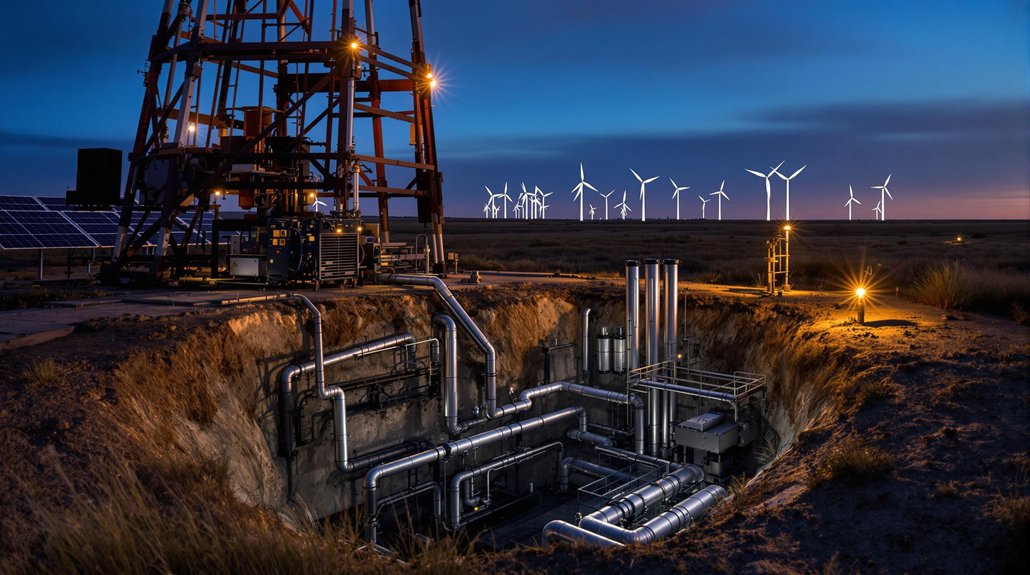While battery technology has often crawled forward at a snail’s pace, researchers at Xi’an Jiaotong University have just shattered expectations. Professor Xu Youlong’s team has developed something actually worth talking about – a fluoride-amide-based deep eutectic gel polymer electrolyte. Yeah, that’s a mouthful. Let’s call it PDEE-UBP for sanity’s sake.
This isn’t your average battery breakthrough that promises the moon and delivers a pebble. The new electrolyte achieves 2.83 mS cm⁻¹ ionic conductivity at room temperature. Translation? It’s fast. Really fast. And it doesn’t catch fire – a revitalizing change for anyone tired of exploding smartphones.
The researchers weren’t just throwing chemicals together and hoping for magic. They used molecular synergy engineering, precisely coupling interfacial chemistry with solvation structures. The in-situ polymerization on fluorine-containing deep eutectic system significantly enhances both flame retardancy and interfacial compatibility. Fancy talk for “they knew exactly what they were doing at the molecular level.” The result? A chemically stable, inorganic-rich solid electrolyte interphase that makes dendrites think twice about forming.
Most impressive is the battery performance. It maintains 92.3% capacity after 1,000 cycles at a 3C rate with a 4.5V lithium cobalt oxide cathode. For non-battery nerds, that’s like running a marathon every day for three years and barely breaking a sweat. This advancement follows recent work by Professor Yoon Seok Jung, whose team created fluoride-based electrolytes capable of operating beyond 5 volts.
The electrolyte works with all existing lithium-ion batteries and supports ultrahigh areal capacity of 35.3 mAh/cm². It’s also thermally resilient, withstanding temperatures above 300°C. Your phone battery could never.
Published in Advanced Functional Materials, this innovation surpasses conventional polymer electrolytes in almost every metric that matters. It’s cheaper, safer, and more stable.
For an industry that typically moves forward by micrometers, this is a kilometer leap. Electric vehicles, renewable energy storage, and consumer electronics just got a serious upgrade option. And honestly, it’s about time.
References
- https://en.xjtu.edu.cn/2025-10/15/c_1135205.htm
- https://techxplore.com/news/2025-10-generation-battery-fluoride-based-solid.html
- https://bioengineer.org/advancements-in-dynamic-interface-engineering-enhancing-nano-charged-composite-polymer-electrolytes-for-solid-state-lithium-metal-batteries/
- https://pubs.rsc.org/en/content/articlelanding/2025/ta/d4ta08690b
- https://www.businesswire.com/news/home/20251104581359/en/Piersica-Unveils-PIRION-a-Breakthrough-Polymer-Technology-Engineered-for-the-Battery-Industry
- https://pubs.acs.org/doi/10.1021/acsami.5c12505
- https://advanced.onlinelibrary.wiley.com/doi/10.1002/adfm.202518061
- https://www.nature.com/articles/s41467-025-64345-7








